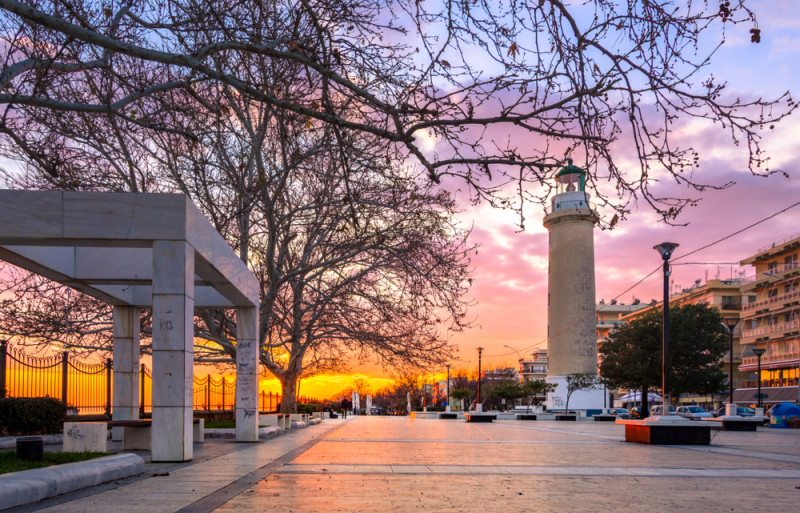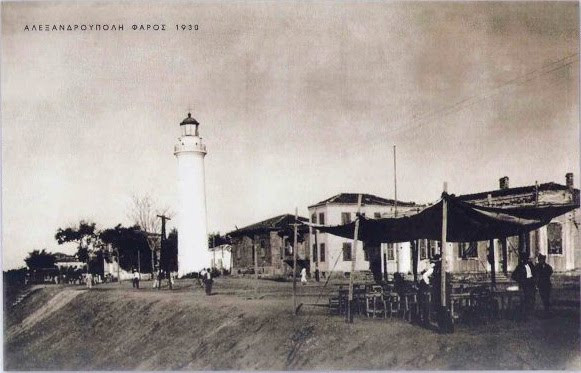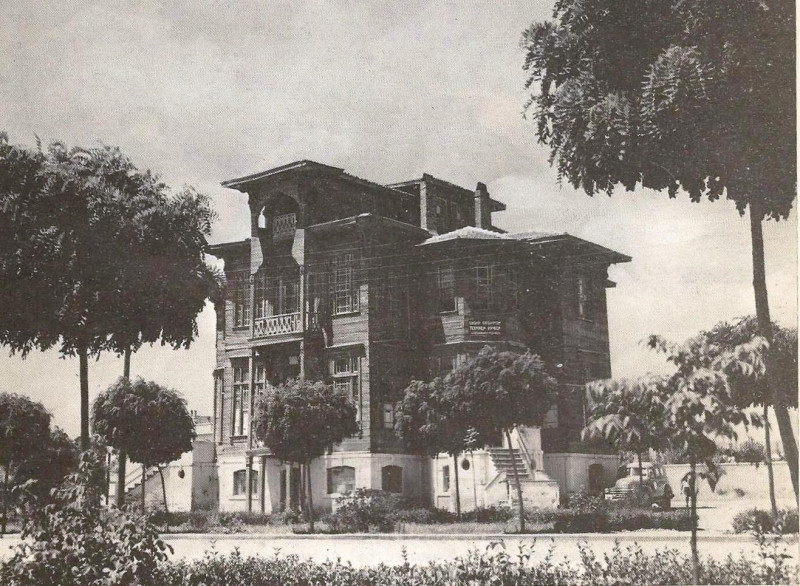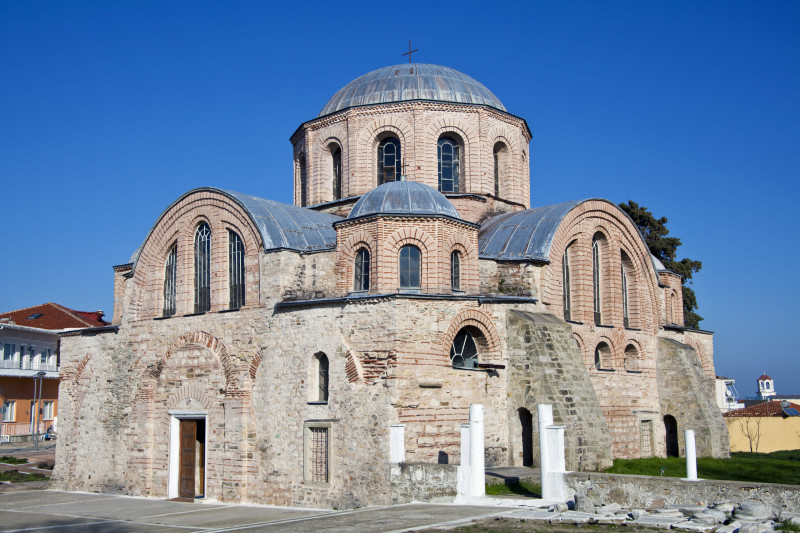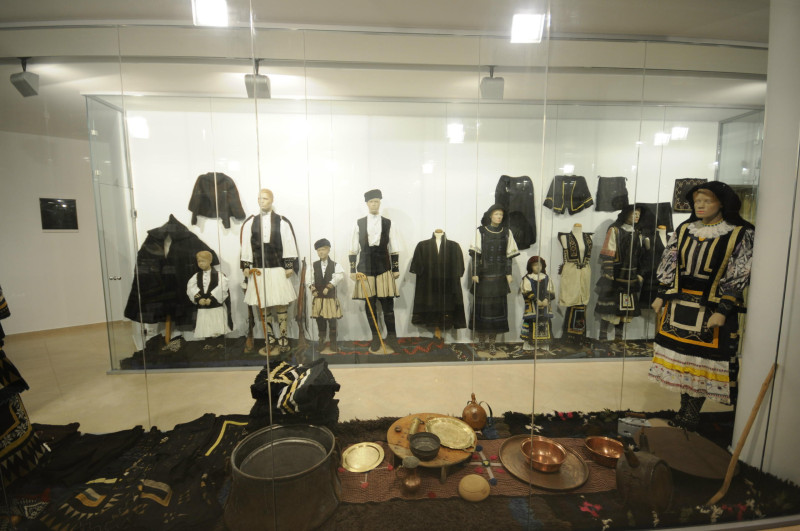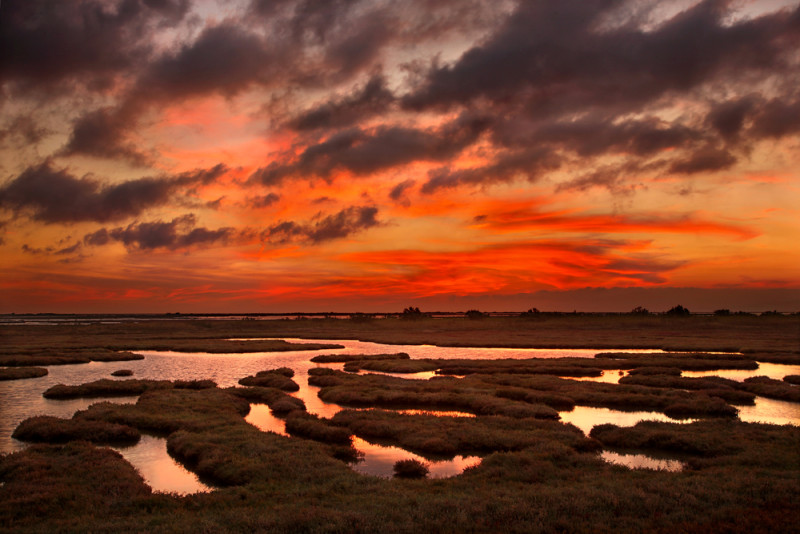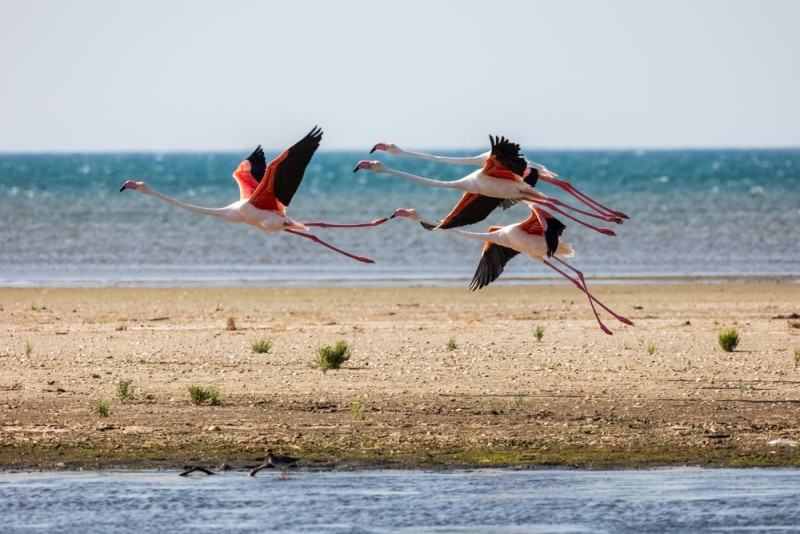The natural beauties of the area, such as the Evros Delta and the hiking trails, offer unique experiences to visitors
A lighthouse continuously transmits its signal, which is visible up to 24 nautical miles away, to the opposite island. This lighthouse, which has been the symbol of the city that hosts it since 1880, “steals” impressions at first glance. The reason, of course, for the magic Alexandroupoli: the city of contrasts, with its rich history, natural beauties and hospitable inhabitants.
An akritic city, which, although located on the Greek-Turkish border and in the past was characterized as a pin on the map, managed with a lot of work to highlight its special features. It is true that the capital of the Prefecture of Evros is experiencing a period of rapid changes and development, which are shaping its future. The city, known for its strategic position as a gateway between Europe and Asia, is strengthening its role as an economic and cultural center. In recent years, Alexandroupolis has invested significantly in the development of its infrastructure.
The beautiful beaches, gastronomy and hospitality of the area attract more and more tourists. In addition, the natural beauties of the area, such as the Evros Delta and the hiking trails, offer unique experiences to visitors.
Its rich history
The town of Sali is identified with today’s Alexandroupolis and in Roman times the area was a parking and horse changing area. The ancient Doris city was a strategic hub for the armies of Darius, Xerxes, Philip and Alexander, connecting Asia with the rest of Greece. Doriskos is mentioned as far back as the first years of the Roman Empire. It is alleged that the Roman Emperor Trajan, plundering, destroyed it to create Traianopolis, the new city he rules. The organization of the road network of the Egnatia road gives the opportunity to flourish during Byzantium important cities (Traianoupoli, Vira, Makri) and monastic complexes (Panagia Kosmosoteira in Feres, cave church of Agioi Theodoros), protected by strong military installations (castles Potamou or Avanda). The area plays a primary role, as it is the immediate neighborhood of Istanbul.
For reasons that have not yet been ascertained, the cities of Sali, Zoni, Drys and Serrio were destroyed at some point, leveled and erased from the written texts of the descriptions. The place became a vast forest, mainly of oak trees. This forest, which the inhabitants of the surrounding areas called Dede-Agats, was defended by three Turkish landowners, who had thousands of acres for cultivation and pastures.
After the Russo-Turkish war, the fishermen from Ainos, Makri and Maroneia formed a small settlement – the later Alexandroupoli – which grew slowly and developed rapidly with the establishment of the railway. The beginning of the settlement is in the 1850s, and in the following decades, with the arrival of the Russians, a city plan was formed for the coastal area, from the central avenue to the sea.
After the Asia Minor Catastrophe and the exchange of populations, many refugees from Northern Thrace (Eastern Romilia), Eastern Thrace and Asia Minor fled to the area. During World War II, Alexandroupolis remained under Bulgarian occupation for 3 years (1941-1944). The end of the war marks the beginning of the development of the city economically, demographically and culturally.
Monastery of Panagia Kosmosoteira or otherwise the Parthenon of Thrace
It is a Byzantine monastery, founded around 1152 AD. it still stands imposingly today, in Feres, 30 kilometers away from the city of Alexandroupolis and is very reminiscent of the Hagia Sophia of Constantinople. This is the Monastery of Panagia of Kosmosoteira, which was built by Isaac Komnenos, son of the Byzantine emperor Alexios Komnenos, who failed to take over the reins of the empire after his father’s death and decided to dedicate himself to Panagia.
The Monastery functioned as a monastic complex until about the middle of the 14th century, but when the Turks came they demolished the walls and most of its buildings and turned it into an Ottoman mosque. When the area was liberated in 1919, everyone thought it was a mosque, but digging into the wall revealed one of the most beautiful Byzantine frescoes, with many colors, the best preserved to date, almost 900 years old. It functioned as a mosque until 1920. Ten years later, the first maintenance works began, and during the following decades and up to the present day, extensive maintenance and restoration operations have been carried out.
Museums that make the visit… an experience
There are eight museums operating in the municipality of Alexandroupolis, one better than the other. The Ethnological Museum of Thrace was founded by Angela Giannakidou to preserve the historical memory in the wider geographical area of Thrace.
It is housed in a stone neoclassical building of 1899 in the center of the city and its collection consists of objects of the Thracian material culture. During the guided tour, the visitor can get an idea of the traditional life of Thrace and especially of the prefecture of Evros from the end of the 17th to the beginning of the 20th century.
Directly connected to the popular tradition are also the Museum of Sarakatsan Tradition located in the settlement of Aisymi – within the Municipality of Alexandroupoli, 22 km. north of the city – and where all the history and tradition of the Sarakatsanai of the Municipality of Alexandroupoli are preserved, the Museum of the Cappadocian Hearth of Evros with the illustrative narration of the daily activities of the inhabitants of the Cappadocia region and the Folklore-Historical Museum of Feron with the interesting presentation of old professions, women’s clothing from the villages of Evros and everyday objects of local residents and refugees from Eastern Thrace and Asia Minor.
Evros Delta, a habitat of global importance
The river Evros, which travels 520 kilometers from Bulgaria to the Thracian Sea where it flows, gives us an admirable ecosystem, full of lakes, lagoons and islets, with an extremely rare microclimate and rich vegetation, which is appreciated by dozens of species of migratory birds that pass here in the winter.
Indeed, around Alexandroupolis, the majesty of nature imposes itself and enchants, whether you find yourself in the Nipsa forest designated as a Natura habitat, or cycling in the Kirki habitat, or hiking among the beech and pine forests and next to its traditional windmills Melias, or in the famous Forest National Park Dadias-Leufkimis-Soufliou, or discovering the ancient olive grove of Makri, with olive trees that reach an age of 2,500 years.
Source :Skai
I am Frederick Tuttle, who works in 247 News Agency as an author and mostly cover entertainment news. I have worked in this industry for 10 years and have gained a lot of experience. I am a very hard worker and always strive to get the best out of my work. I am also very passionate about my work and always try to keep up with the latest news and trends.


